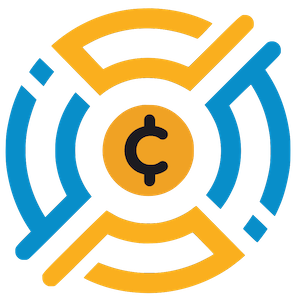In the ever-evolving landscape of blockchain technology, few developments resonate as profoundly as Cardano’s latest governance vote, which achieved a remarkable 99.5% voter turnout. This statistic isn’t just a numerical achievement; it signals a new era in decentralized governance that invites scrutiny into whether such levels of engagement cultivate genuine democracy or merely a façade of participation. With 4.657 billion ADA tokens at stake, community sentiment overwhelmingly favored the proposed measures, with nearly 76% of the votes cast in favor. However, the lingering question remains: does the structure of this governance model foster true popular control, or does it merely reinforce a system where a small cadre of Delegated Representatives (DReps) holds disproportionate power?
Understanding Liquid Democracy
Cardano’s adoption of a “liquid democracy” model claims to give users the flexibility to delegate their voting authority while retaining control over their assets. In theory, this design grants token holders the ability to determine who represents their interests, all while ensuring their safety net remains intact. However, practical implications must be examined. With 918 million ADA tokens opposing the governance proposals and 169 million votes expressing no confidence, these dissenting opinions illustrate a segment of the community that feels unrepresented.
While the liquid democracy model prides itself on adaptability, the reality is often more complex. Can we genuinely trust DReps to act in the best interest of their constituents when their very ability to do so hinges upon delegated power? The idea that participants can revoke delegation anytime appears empowering; however, does this fluidity diminish genuine political engagement? The risk of apathy looms large, as many may choose to pass the burden of responsibility onto DReps instead of actively participating.
Impact of the Plomin Hard Fork
The recent Plomin hard fork introduced fundamental changes to Cardano’s governance capabilities, effectively formalizing the role of DReps within the ecosystem. This technological upgrade aimed to enhance treasury fund allocations alongside governance decisions, creating a streamlined process for token holders. Yet, while this architecture appears efficient, it may unwittingly encourage complacency as users become accustomed to convenience over participation.
Interestingly, developers recognized the importance of retaining staking rewards for those not engaging in governance activities—a nod to keeping status quo for a sizable portion of the ADA community. Still, such a strategy raises eyebrows regarding the motivations for participation. Apathy is counterproductive, and offering incentives for inaction could result in a governance landscape dominated by those willing to engage in activity rather than enriching collective deliberation.
The Implications of High Turnout
While a staggering turnout percentage projects an image of success for Cardano, it is critical to question the authenticity of this participation. Is the high engagement level rooted in genuine engagement from the community, or does it reflect a trend wherein users feel compelled to vote in order to maintain their perceived stake in the ecosystem? Additionally, calculating participation solely based on the volume of ADA staked can be misleading—proportionate representation within governance must account for the diverse perspectives of smaller stakeholders who might feel overwhelmed by larger players.
Also, as ADA tokens trade at $0.72—surging 15% in just a week—market dynamics could further influence voting behavior. Investors may see governance participation as a strategic move to bolster their asset’s stability amid fluctuating valuations. Consequently, this could cloud the element of genuine democratic engagement that Cardano initially aimed to foster.
A Path Forward or a Stumbling Block?
Ultimately, while Cardano can boast record-breaking voter turnout and a seemingly robust governance framework, the underlying structures must be critically analyzed for their long-term implications. Liquid democracy may empower individual token holders, and the innovations following the Plomin hard fork showcase a forward-moving trajectory; however, it is vital to ensure that true democratic engagement isn’t sacrificed for the sake of numerical successes.
If Cardano is to be a transformative leader in blockchain governance, it must confront the uncomfortable truths about representation and engagement head-on. Engaging the community meaningfully will require more than mere token delegation; it demands an active dialogue that values individual voices as integral to the evolution of this burgeoning digital democracy.

